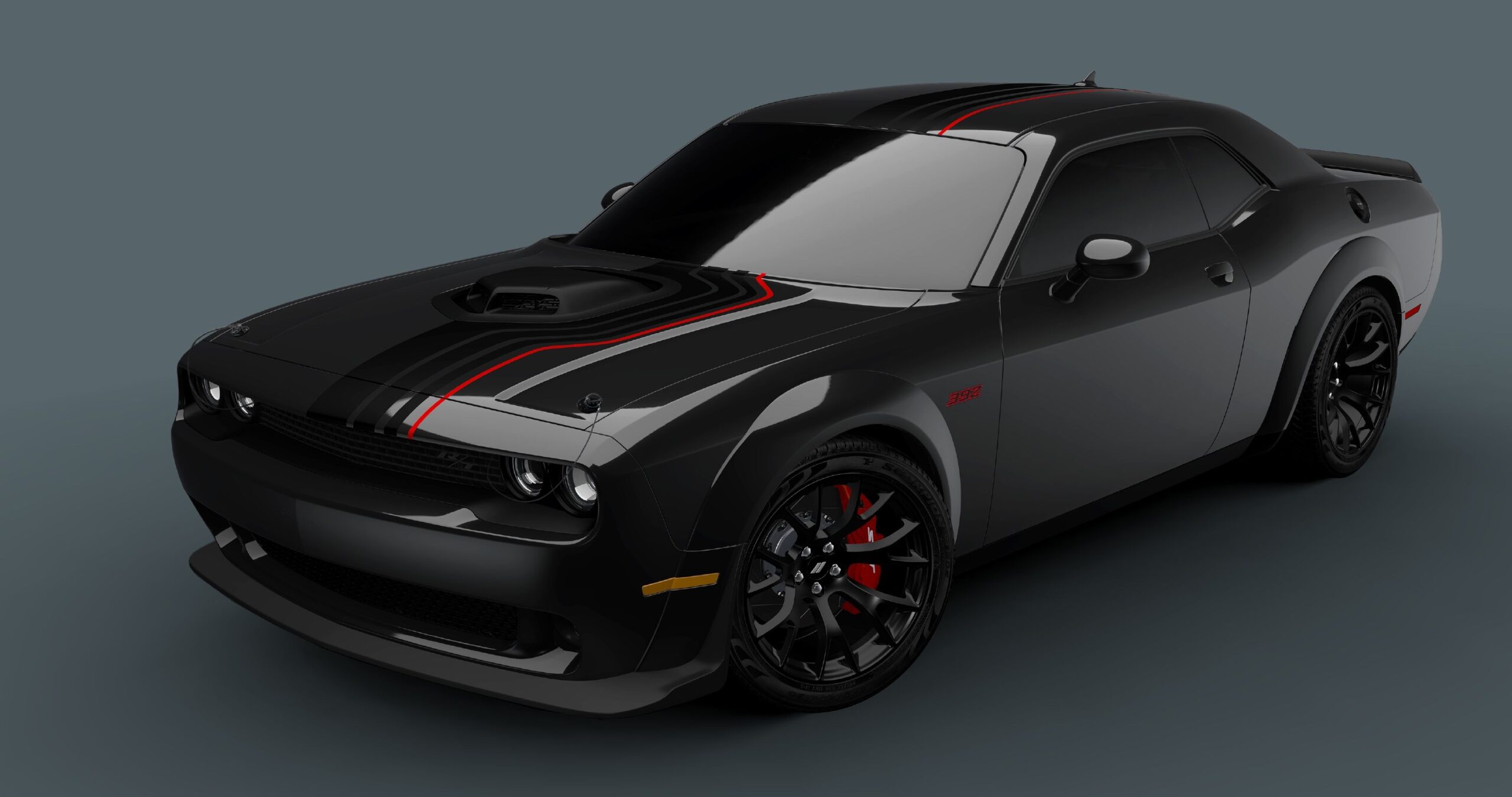Blue Headlights: Complete Legal Guide and Regulations
Understand blue headlight regulations
Blue headlights occupy a complex legal landscape in the United States. The legality depend on multiple factors include the specific shade of blue, the technology use, and your location. Federal regulations provide baseline standards, while individual states maintain their own specific requirements that can be more restrictive.
The department of transportation (dot )and the national highway traffic safety administration ( (tNHTSA)tablish federal standards for automotive lighting. These agencies focus mainly on safety, visibility, and prevent driver distraction or confusion with emergency vehicles.
Federal standards for automotive lighting
Federal motor vehicle safety standard (fFMVSS)108 governs all automotive lighting equipment in the unUnited StatesThis comprehensive regulation specify acceptable color temperatures, beam patterns, and intensity levels for headlights.
Under federal law, headlights must produce white or amber light. The regulation define white light as have a color temperature between 3,000 k and 6,500 k on the kelvin scale. Light approach the higher end of this spectrum appear bluish white, which explain why some modern headlights have a blue tint while remain federally compliant.
True blue light, yet, fall outside these parameters. Pure blue light typically measure above 7,000 k on the color temperature scale, place it beyond federal approval for headlight use.
Hid and led technology considerations
High intensity discharge (hid )and light emit diode ( (d ) )adlights oftentimes produce light with a bluish appearance. These technologies can lawfully produce light that appear pretty blue while yet meet federal white light requirements.
Factory install hid systems from major automotive manufacturers typically comply with all federal regulations. These systems undergo extensive testing to ensure they meet color temperature, beam pattern, and intensity requirements.
After market hid and lead conversions present more complex legal situations. Manyafter markett systems fail to meet federal standards, peculiarly regard beam pattern and glare controlInstallnon-compliantant lighting systems can result in legal issues disregarding of color.
State specific regulations and variations
Individual states maintain authority to establish more restrictive lighting regulations than federal standards. This creates a patchwork of laws across the country, make it essential to understand your local requirements.
Some states explicitly prohibit any blue tint headlights, irrespective of whether they meet federal color temperature requirements. Other states focus more on the functional aspects of lighting, such as proper aim and intensity, kinda than specific color restrictions.
California, for example, require headlights to emit white or yellow light and specifically prohibit blue tint headlights on public roads. Texas take a different approach, focus on headlight intensity and proper aim while being less specific about color restrictions within federal guidelines.
Common state restrictions
Many states share similar restrictions regard blue automotive lighting. These typically include prohibitions on blue lights visible from the front of the vehicle, restrictions on flash blue lights for civilian vehicles, and requirements that headlights produce white or amber illumination.
Law enforcement agencies across most states reserve blue lighting for emergency vehicles. This creates additional legal complications for civilian vehicles with blue tint lights, as they may bemistakene for emergency vehicles or violate impersonation laws.
Enforcement and penalties
Enforcement of headlight regulations vary importantly between jurisdictions and individual officers. Some areas purely enforce lighting regulations, while others focus mainly on more serious traffic violations.
Penalties for illegal headlight modifications can include fines, vehicle inspection failures, and requirements to restore factory lighting systems. In some cases, insurance companies may deny claims if illegal modifications contribute to an accident.
Traffic stops for lighting violations frequently lead to additional scrutiny of the vehicle and driver. Officers may use lighting violations as probable cause to investigate other potential violations.
Vehicle inspection implications
States require periodic vehicle inspections typically include headlight compliance in their inspection criteria. Vehicles with non-compliant blue headlights will fail inspection, will require correction before registration renewal.
Inspection stations follow specific guidelines when evaluate headlight compliance. These guidelines oftentimes include color temperature measurements, beam pattern analysis, and intensity testing.
Distinguish legal from illegal blue lighting
The distinction between legal and illegal blue automotive lighting oftentimes come down to technical specifications and intend use. Understand these differences help vehicle owners make informed decisions about lighting modifications.

Source: ledr.com
Factory install systems from major manufacturers most invariably comply with applicable regulations. These systems undergo extensive testing and certification processes before reach consumers.
After market systems require more careful evaluation. Products claim dot orSAEe compliance should include proper markings and documentation. Notwithstanding, manyafter markett products make false compliance claims, make independent verification important.
Color temperature measurements
Professional color temperature measurement require specialized equipment. Nonetheless, visual assessment can provide general guidance. Light appear clearly blue kinda than bluish white probable exceed legal color temperature limits.
Automotive lighting professionals can provide accurate color temperature measurements and compliance assessments. This service become especially valuable when consider after market modifications or address enforcement issues.
Emergency vehicle considerations
Blue lighting carry special significance in law enforcement and emergency services. Most states reserve blue lights solely for police vehicles, create additional legal complications for civilian vehicles with blue tint lighting.
Emergency vehicle impersonation laws oftentimes apply to lighting violations involve blue lights. These laws carry more serious penalties than simple equipment violations, include potential felony charges in some jurisdictions.
The intent behind blue lighting use can influence legal outcomes. Lighting that could pretty be mistaken for emergency vehicle equipment face stricter enforcement than subtle blue tints in differently compliant headlights.
Insurance and liability issues
Vehicle modifications, include lighting changes, can affect insurance coverage and liability in accidents. Insurance companies may deny claims if illegal modifications contribute to an accident or violate policy terms.
Comprehensive and collision coverage may not apply to vehicles with illegal modifications. Liability coverage might besides face restrictions if modifications contribute to accident causation.
Document the legality of any lighting modifications help protect insurance coverage. Professional installation and compliance certification provide additional protection against coverage disputes.
Professional installation and compliance
Professional installation of automotive lighting systems offer several advantages over DIY modifications. Qualified technicians understand applicable regulations and can ensure proper installation and aim.
Many lighting violations result from improper installation quite than non-compliant equipment. Professional installers can avoid common mistakes that lead to enforcement issues.

Source: verywellmind.com
Warranty protection oftentimes require professional installation. This protection become valuable if equipment fail or cause other vehicle problems.
Certification and documentation
Proper documentation of lighting modifications and compliance help address enforcement issues. This documentation should include equipment specifications, compliance certifications, and installation records.
Some jurisdictions require specific documentation for modify lighting systems. Maintain complete records help demonstrate good faith compliance efforts.
Alternative lighting options
Vehicle owners seek improved lighting performance have several legal alternatives to blue headlights. Modern white led and hid systems provide excellent performance while maintain legal compliance.
High quality white led headlights offer superior visibility compare to traditional halogen systems. These systems can provide the modern appearance many drivers seek while avoid legal complications.
Professional lighting upgrades can dramatically improve visibility and vehicle appearance without legal risks. Qualified installers can recommend systems that meet both performance goals and legal requirements.
Future regulatory trends
Automotive lighting regulations continue to evolve with advance technology. Adaptive lighting systems, laser headlights, and other innovations challenge traditional regulatory frameworks.
Federal agencies regularly review and update lighting standards to address new technologies and safety concerns. These updates may affect the legality of presently compliant systems.
Industry trends suggest movement toward more flexible regulations that focus on performance instead than specific technologies. Yet, color restrictions for civilian vehicles probable will remain stable due to emergency vehicle considerations.
Understand blue headlight legality require careful consideration of federal standards, state regulations, and local enforcement practices. While some blue tint lighting remain legal under specific circumstances, pure blue headlights loosely violate federal and state regulations. Vehicle owners consider lighting modifications should consult local regulations and qualified professionals to ensure compliance and avoid legal complications.


